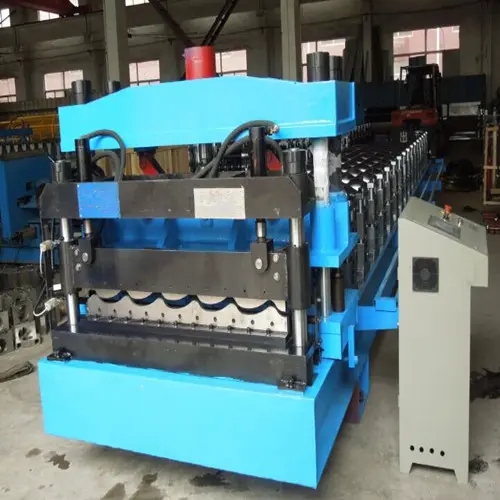Understanding Steel Coil Straightening Machines
Steel coil straightening machines play a crucial role in the processing of steel materials, ensuring that they meet industry standards for quality and performance. In the steel manufacturing process, coils are produced and rolled into various thicknesses and widths. However, these coils often come with imperfections such as bends, twists, or curve formations. This is where steel coil straightening machines come into play, rectifying these issues to guarantee that the steel is suitable for further processing or the end product.
Functionality and Importance
The primary function of a steel coil straightening machine is to correct these deformities in the steel coils. The machine uses tension and mechanical processes to flatten the coils, restoring them to a uniform shape. This is essential because uneven coils can lead to inefficiencies in downstream processes such as cutting, welding, and fabrication. Straightened coils not only improve the aesthetics of the final product but also enhance its structural integrity, making the end products more reliable.
The operation of a straightening machine involves several key components, including rollers, hydraulic systems, and control systems. The rollers apply pressure to the coil, gradually flattening it as it moves through the machine. The hydraulic system allows for the adjustment of pressure and alignment, ensuring that the coil is straightened uniformly across its length. Advanced control systems monitor the process, allowing for real-time adjustments to optimize output quality.
Types of Steel Coil Straightening Machines
Several types of steel coil straightening machines are available, each designed to handle different sizes, thicknesses, and grades of steel. For example, hydraulic straightening machines are commonly used for thicker coils due to their ability to exert greater force. On the other hand, mechanical straightening machines may be more suitable for thinner or more delicate coils. Additionally, there are automatic straightening machines equipped with sensors and software that facilitate precision alignment and minimize manual intervention.
steel coil straightening machines
The choice of machine usually depends on factors such as the specification of the steel coils being processed, production volume, and the specific requirements of the end product. Manufacturers must assess their needs carefully to choose the most appropriate straightening technology.
Applications and Industries
Steel coil straightening machines are utilized across various industries, including automotive, construction, and manufacturing. In the automotive sector, for instance, straightened coils are essential for producing body panels and structural components that must meet stringent safety and quality standards. Similarly, in construction, straight steel is critical for reinforcing bars and other structural elements that form the backbone of buildings and infrastructure.
As industries continue to evolve, the demand for high-quality steel products is ever-increasing. Advances in technology have also led to the development of more efficient and precise straightening machines, which not only improve productivity but also reduce waste. Better straightening processes can lead to more efficient use of materials, ultimately benefiting both manufacturers and end-users.
Conclusion
In summary, steel coil straightening machines are vital in ensuring the quality and usability of steel products in various applications. With their capacity to correct imperfections and enhance the structural integrity of steel coils, these machines are indispensable in the steel processing industry. As technology continues to advance, we can expect further innovations that will enhance the efficiency and effectiveness of coil straightening, paving the way for higher quality steel products in the future. Understanding and investing in these machines can provide significant advantages for manufacturers striving to meet the increasing demands of the market.







